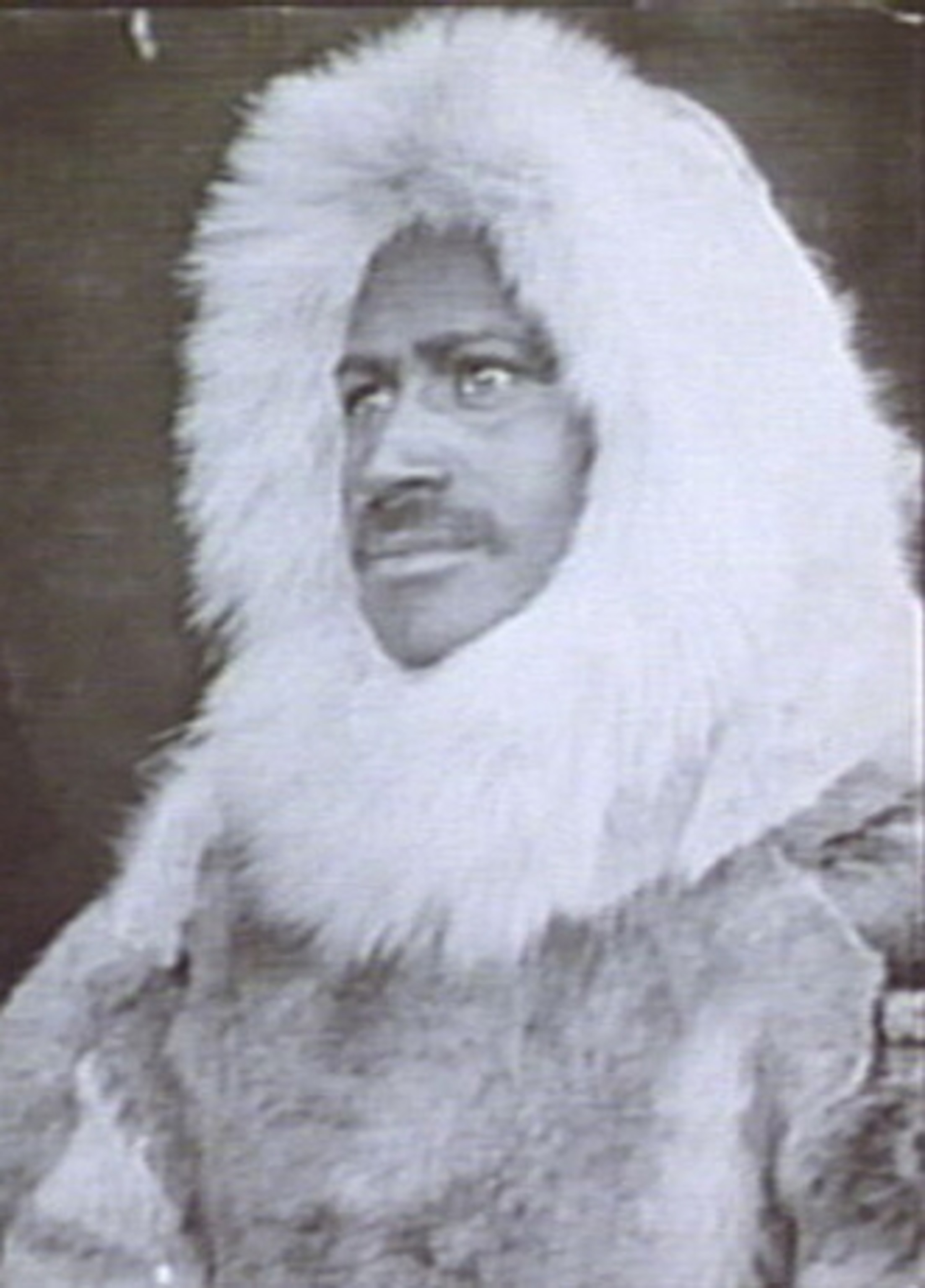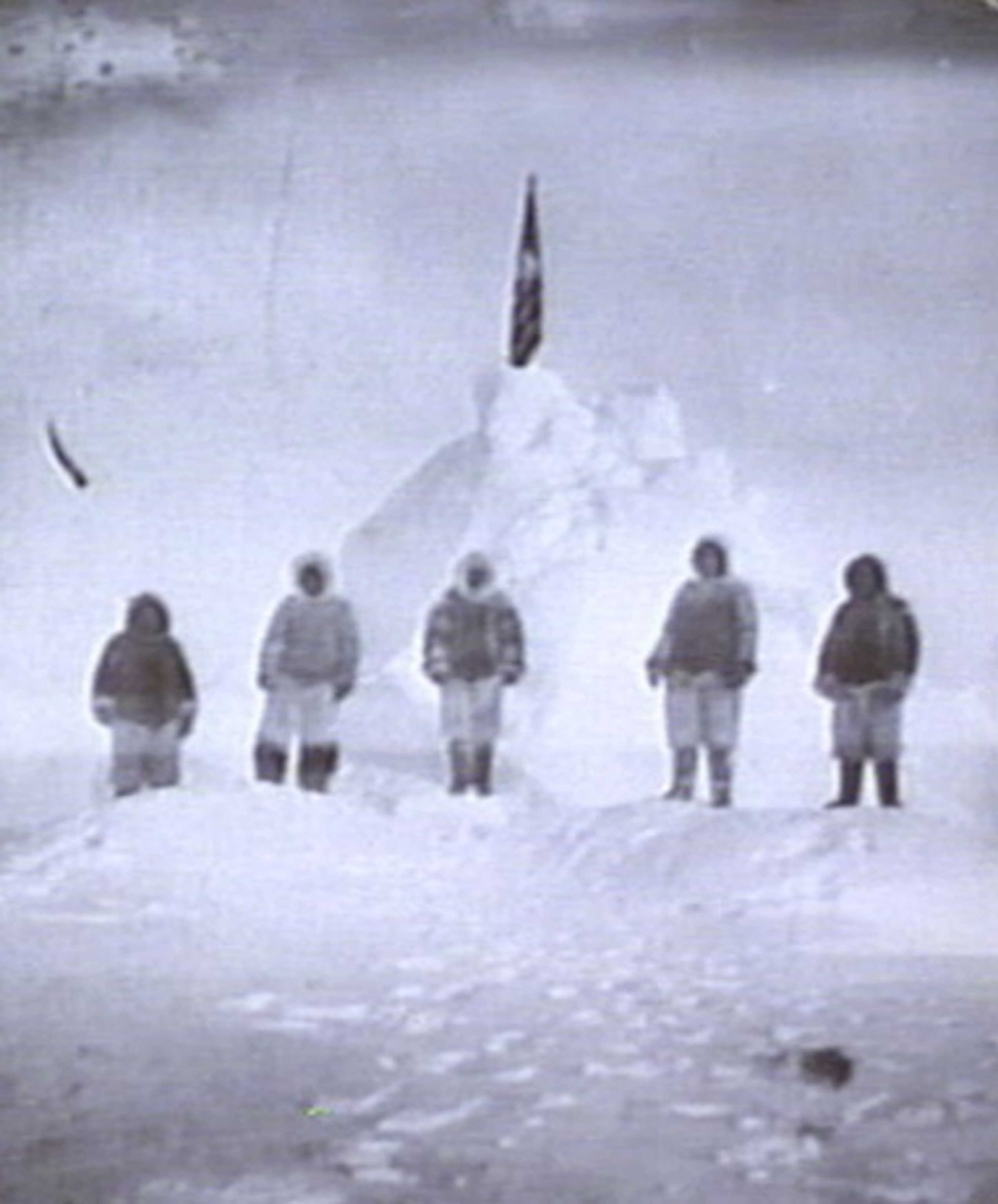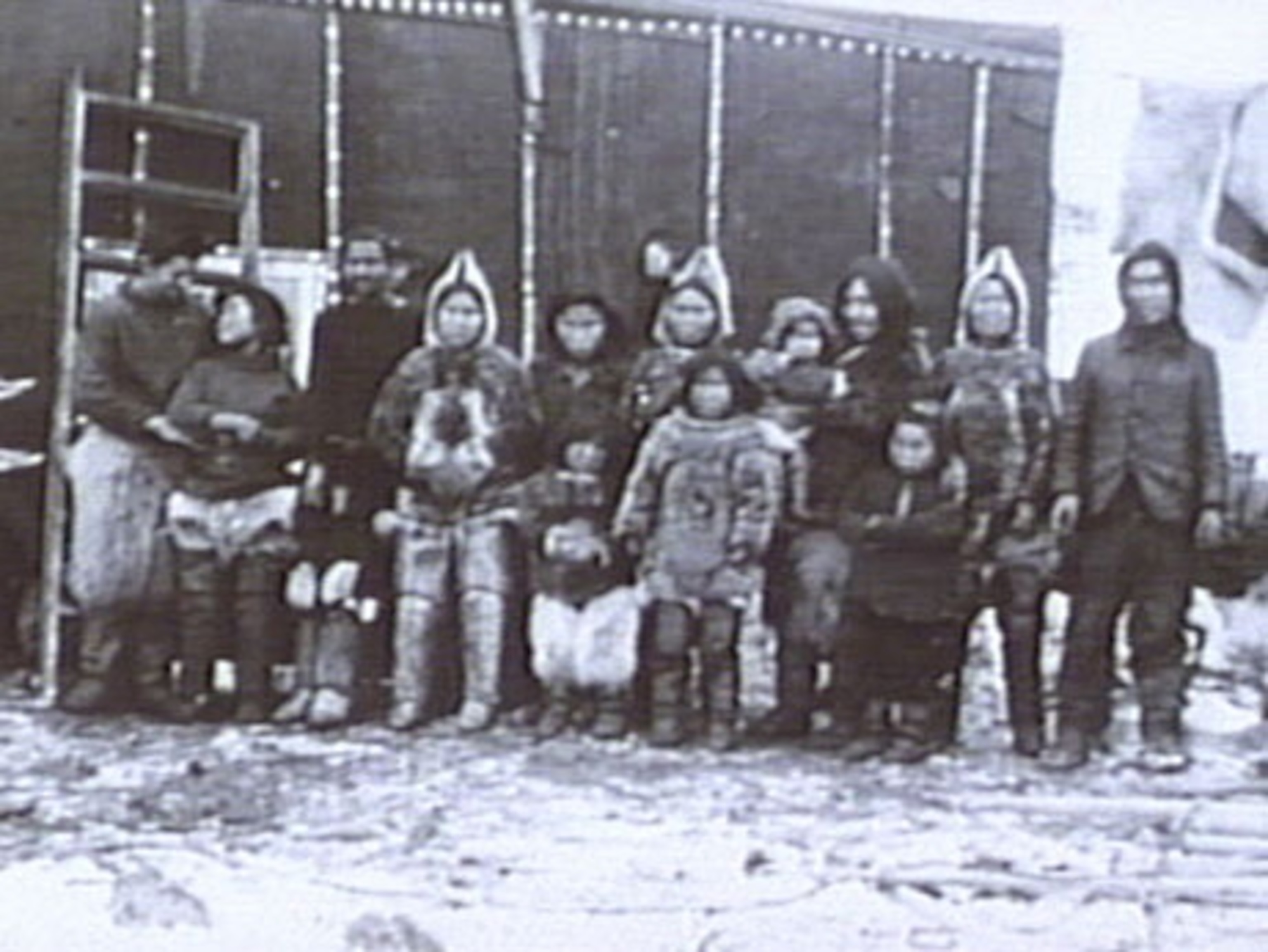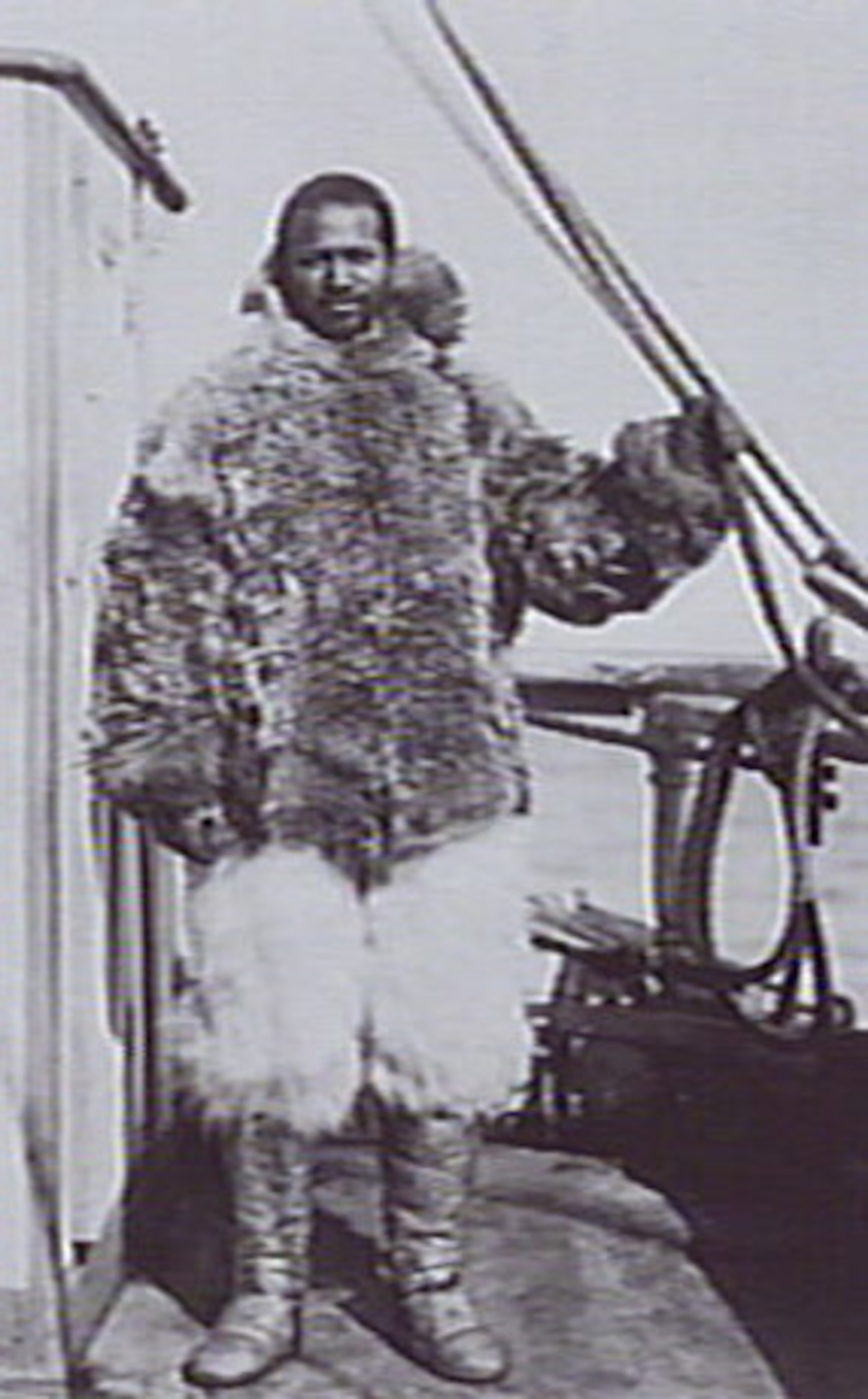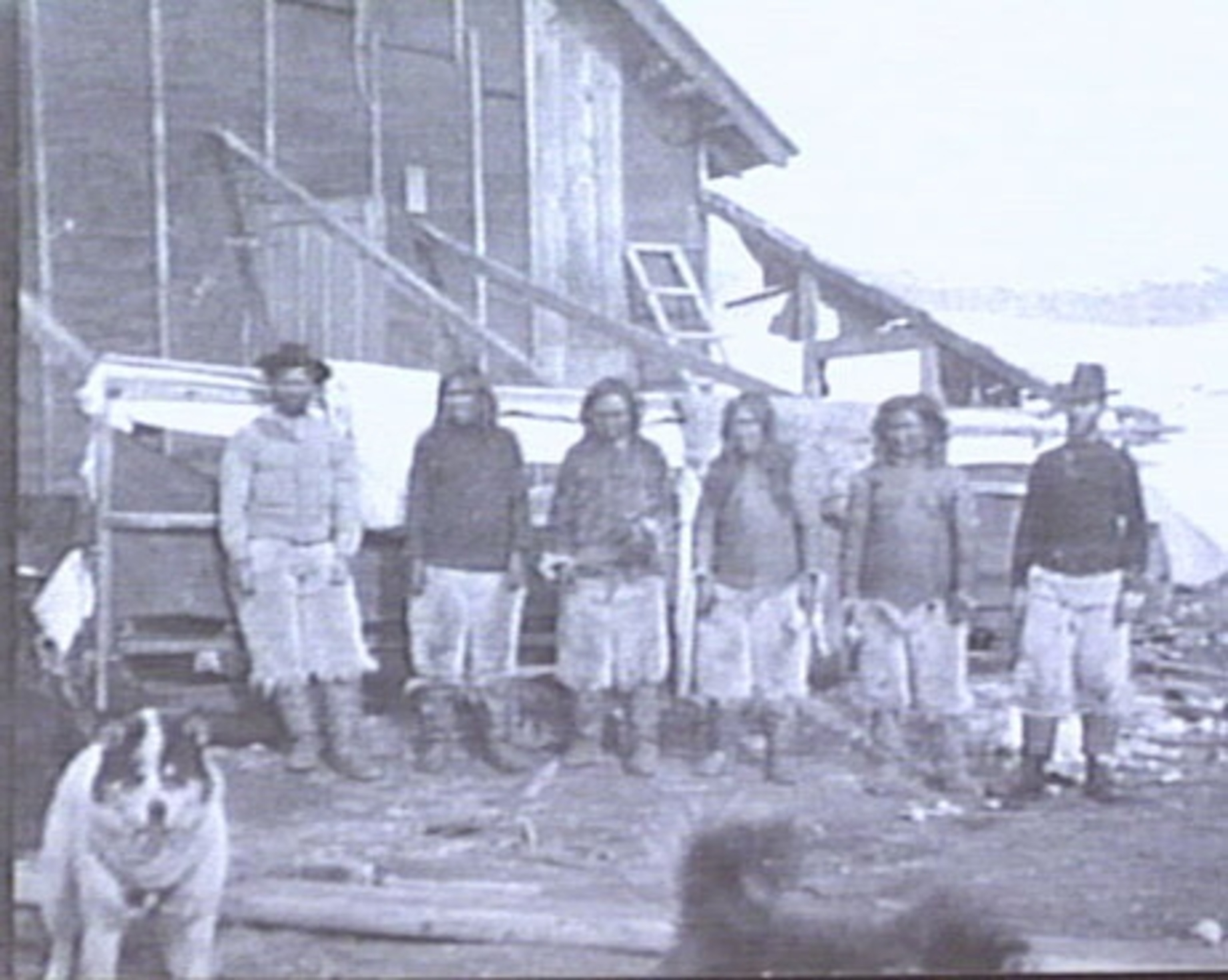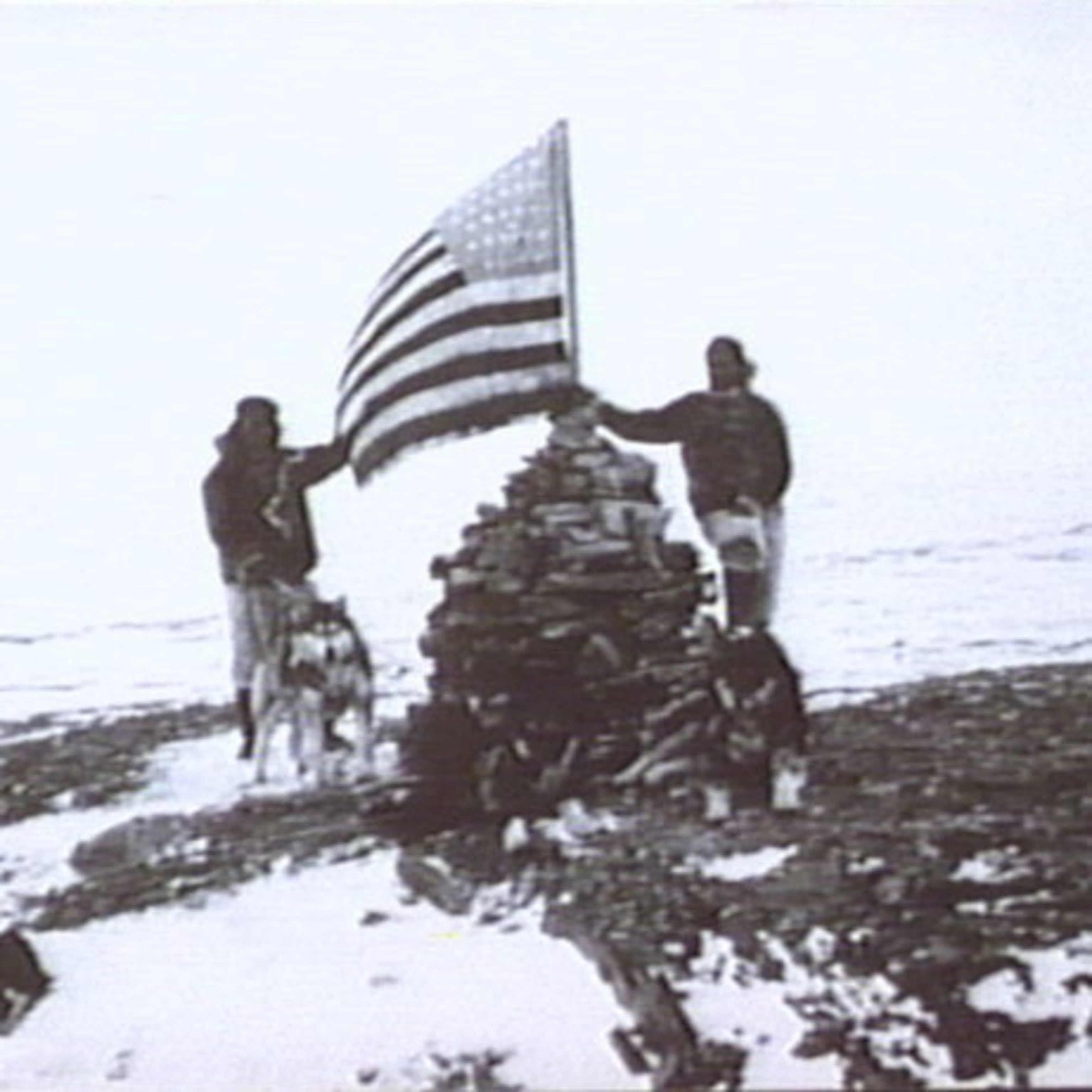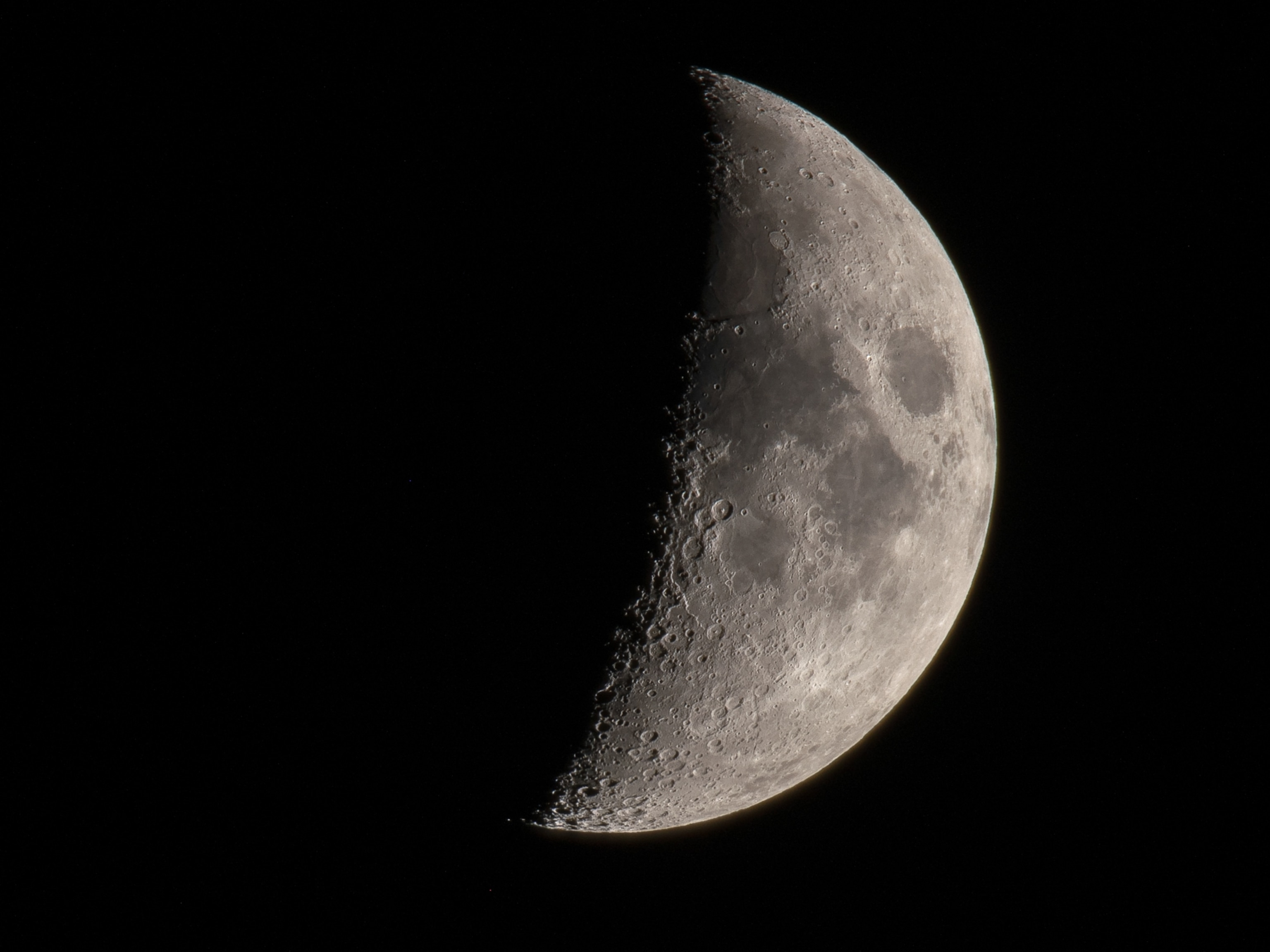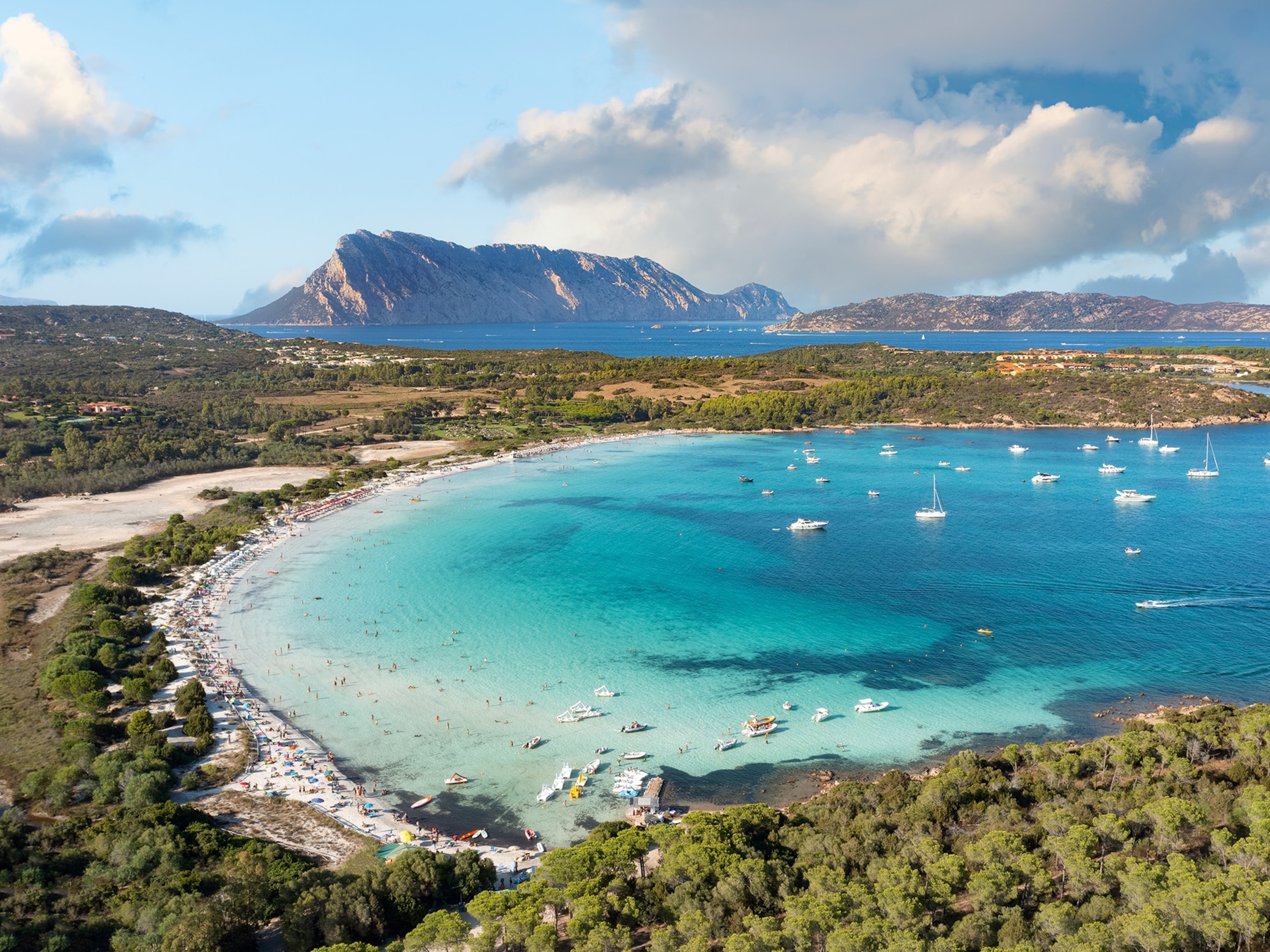Profile: African-American North Pole Explorer Matthew Henson
Learn the story behind the Robert E. Peary's most trusted Arctic companion who aided him on pivotal arctic expeditions.
African-American Matthew A. Henson accompanied polar explorer Robert E. Peary on a U.S. expedition to the North Pole on April 6, 1909. In 2000, the National Geographic Society posthumously awarded Matthew Henson its highest honor—the Hubbard Medal. Henson's great niece, Audrey Mebane, accepted the award at the Matthew Henson Earth Conservation Center in Washington, D.C.
"The Hubbard Medal is awarded for distinction in exploration, discovery, and research. Henson embodies what this award stands for. The honor is long overdue," said Society president John Fahey at the 2000 celebration.
On May 8, 1900, Henson and Peary passed the farthest point north ever reached by previous explorers, only to beat the record again several years later. In 1906, U.S. President Theodore Roosevelt awarded Robert E. Peary the Hubbard Medal for reaching the farthest point north, 175 miles (282 kilometers) from the Pole.
Henson and Peary first met in Washington D.C. in 1887, as Peary prepared for an expedition to Nicaragua. Henson was working as a store clerk when Peary hired him as a valet. "I can't get along without him," said Peary years later, according to National Geographic magazine writer Wally Herbert, in his September 1988 article "Commander Robert E. Peary: Did He Reach the Pole?"
Born in Maryland on August 6, 1866, Matthew Henson became an orphan when he was only 11 years old. At age 13, he began working on a ship based in Baltimore, Maryland, as a cabin boy. The ship's skipper taught Henson to read and write.
In 1890, Henson joined Peary's first Arctic expedition across the northern tip of Greenland. From June 1891 to August 1902, Henson spent seven years in the Arctic with Peary, covering 9,000 miles (14,500 kilometers) on dogsleds across northern Greenland and Ellesmere Island, in Canada.
In 1906, after drifting pack ice repeatedly blocked earlier attempts to reach the Pole, Henson and Peary set out again on their new three-masted steamship schooner, the Roosevelt. "It'll work," said Henson, "if God, wind, leads, ice, snow, and all the hells of this damned frozen land are willing." Blizzards and cracking ice sheets forced their return once again, although Peary wrote in his diary, "When my observations were taken … they showed that we had reached 87°6' north latitude, and had at last beaten the record, for which I thanked God."
Then on August 18, 1909, Henson and Peary boarded the Roosevelt with 22 Inuit men, 17 Inuit women, 10 children, 246 dogs, 70 tons (64 metric tons) of whale meat from Labrador, the meat and blubber of 50 walruses, hunting equipment, and tons of coal. In February, Henson and Peary departed their anchored ship at Ellesmere Island's Cape Sheridan, with the Inuit men and 130 dogs working to lay a trail and supplies along the route to the Pole.
Many Inuits admired Henson for his hunting and sled-driving skills, as well as his ability to speak their language. Peary said, "He was more of an Eskimo than some of them." On April 6, 1909, Henson arrived at Camp Jesup, 89°47', 45 minutes ahead of Peary, concluding by dead reckoning that he had reached the Pole. Henson greeted Peary, "I think I'm the first man to sit on top of the world."
Henson later recalled that this angered Peary. "Oh, he got hopping mad … No, he didn't say anything, but I could tell," wrote Henson. Henson wrote that Peary "fastened the flag to a staff and planted it firmly on top of his igloo."
Clouds obscured the sun, preventing a coordinate reading. As Henson slept, Peary caught a glimpse of the sun through breaking clouds. His coordinates indicated they were only three miles (five kilometers) from the Pole. Henson lay sleeping while Peary set off to cover the distance, but without longitudinal coordinates, he could not know which direction to travel.
Henson later wrote, "From the time we knew we were at the Pole, Commander Peary scarcely spoke to me … It nearly broke my heart … that he would rise in the morning and slip away on the homeward trail without rapping on the ice for me, as was the established custom."
In 1988, Matthew Henson and his wife were reinterred at the Arlington National Cemetery alongside Peary. In 1996 an oceanographic survey ship, called the U.S.N.S Henson was commissioned in Henson's honor.
